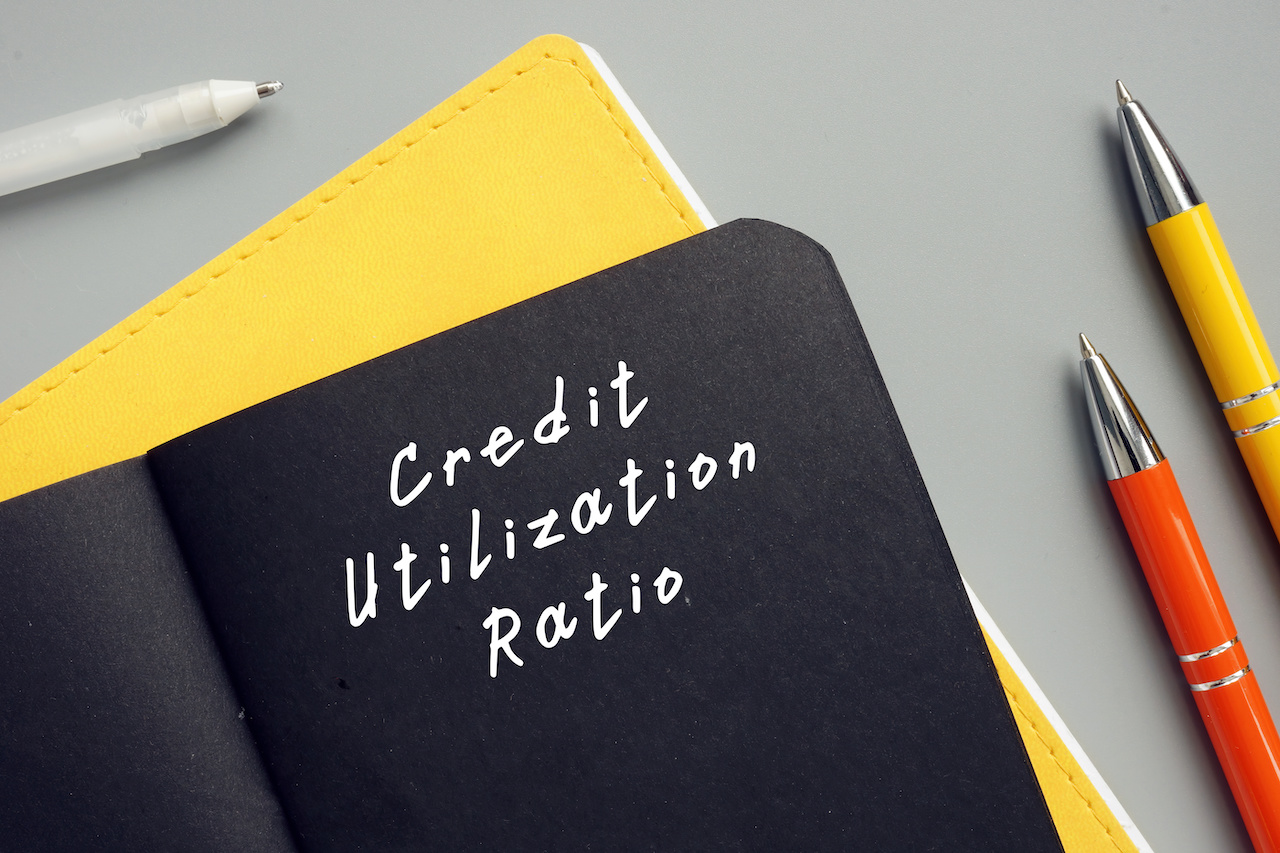Credit Sesame on how to lower your credit utilization ratio.
A credit card is an easy way to buy almost anything at any time. Impulse purchases, going out to dinner with friends, an extra drink at the bar, airline tickets and many other things that you must repay when you receive your credit card bill. Maxing out your credit cards and carrying high balances can affect your credit score. Why? Because using too much of the credit available to you, called credit utilization, is a big factor in setting credit scores. Too high of a utilization rate and your score could drop.
How is credit utilization ratio calculated?
Credit utilization ratio, also known as a credit utilization rate or credit usage is a financial metric that measures the percentage of your available credit in use. To calculate your credit utilization ratio, divide your total credit card balances by your total available credit limit and then multiply by 100 to get a percentage. For example, if you have a total credit limit of $2,000 and you have balances totaling $500, your credit utilization ratio would be (500 / 2000) * 100 = 20%.
A lower credit utilization ratio is generally considered better for your credit score. Lenders view a lower ratio as a sign of responsible credit management, while a higher ratio can indicate a higher risk of potential financial difficulties. It’s often recommended to keep your credit utilization ratio below 30% to maintain a good credit score and the utilization ratio accounts for 30% of a FICO Score. What are some ways to lower your credit utilization?
Pay off balances each month
If you pay off your credit card completely each month, then your ratio should not change. Your credit utilization ratio may change monthly depending on how much you spend and the balance carried. If you carry a balance and fail to pay your credit card bill in full, then your rate could increase and this may impact your score negatively. The higher the utilization ratio, the more your score could fall.
When you pay off your credit card bills on time and in full each month you lower your credit utilization ratio to zero. This also means you won’t pay any interest on a credit card that’s paid off by the monthly due date.
If you can’t get to a zero balance each month, then at least try to keep them low so that your credit utilization ratio is below 30%. Don’t max out your credit cards.
Increase your credit limit
Successfully getting your credit card company to increase your credit limit lowers your credit utilization ratio, but only if you don’t use the extra credit available. The way this works is as follows.
Suppose your credit limit on a card is $5,000 and you’re using $1,500 of that. Your credit utilization ratio is 30%, which is good. But if you raise the limit to $7,500 and still use only $1,500 of the higher available credit, and the ratio drops to 20%. This may help your credit score.
If you use that extra $2,500 in credit, along with the $1,500 balance, you’re now using $4,000 of a $7,500 limit, or 53%, which is well above the recommended level of 30% or less. This may damage your credit score.
Open a new credit card
Opening a new credit card can lower a credit score for a few months, but it may be worth it if you have credit cards with high balances that you can’t afford to pay off.
A 0% introductory rate balance transfer credit card can help you transfer a balance from a high-interest card to a card with no interest charges for up to a year or so. Such cards can be difficult to qualify for unless you have excellent credit, but if you qualify and have high balances elsewhere, it can be worth doing.
It essentially increases your credit limit, so it’s important to not charge anything with your higher overall credit limit.
Bear in mind that a new account can hurt your credit score by lowering the average age of your credit accounts and can be an enticement to spend more. Applying for too many credit cards at the same time can be a sign that you’re in financial trouble and that you’re a credit risk.
It’s important to remember that yu can lower your credit utilization ratio with a new card, but only if you don’t use the extra credit amount you’re given and you maintain on-time payments.
Keep existing credit cards open
Closing a credit card can sound like a good way to lessen the temptation of using a credit card, but it won’t improve your credit utilization rate. If anything, it can increase it because you’ll have less available credit.
The average age of your accounts will drop, which can keep a credit score low for years.
If you found Credit card spending and ways to lower your credit utilization ratio useful, you may also enjoy:
- Lenders tightening credit standards for borrowing
- Fix credit errors to improve your credit score
- The cost of bad credit to consumers
Disclaimer: The article and information provided here is for informational purposes only and is not intended as a substitute for professional advice.




















